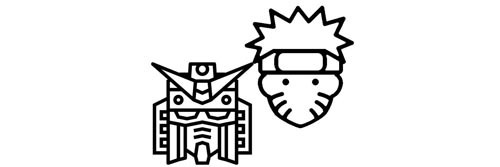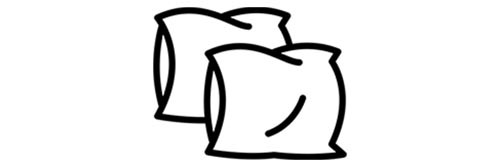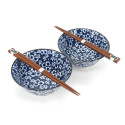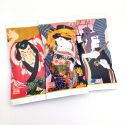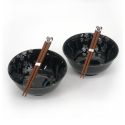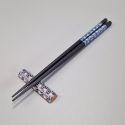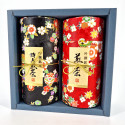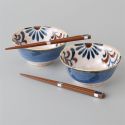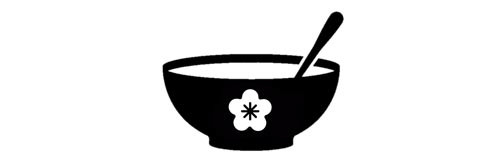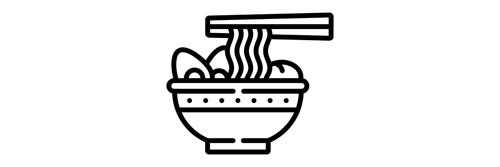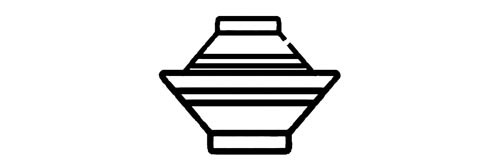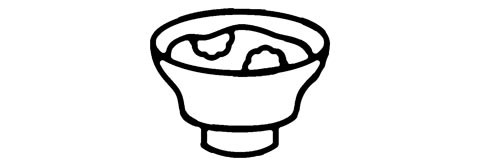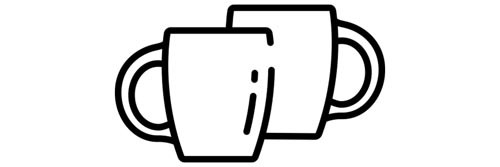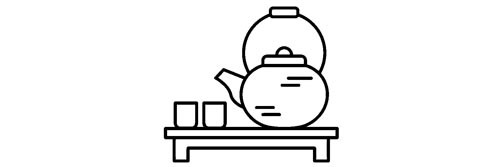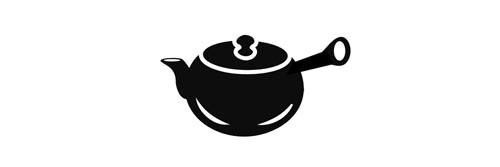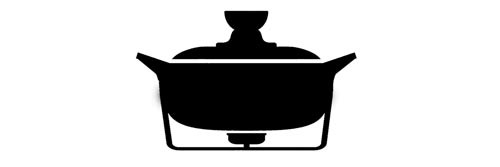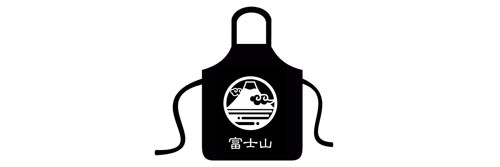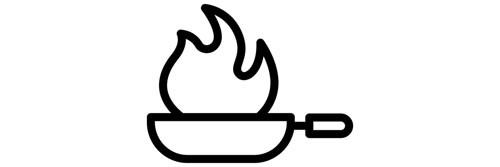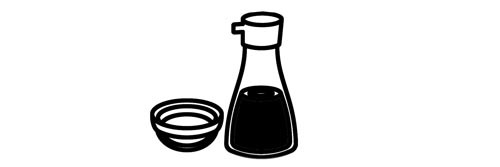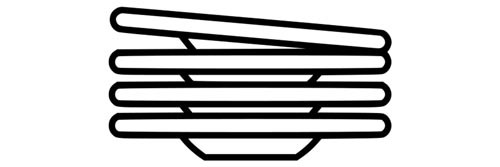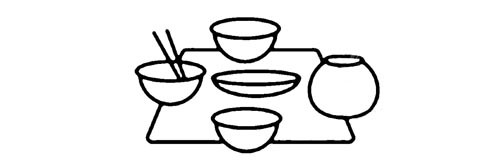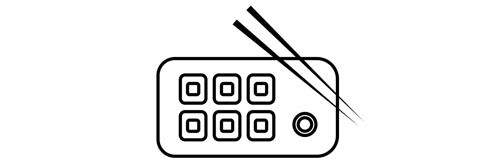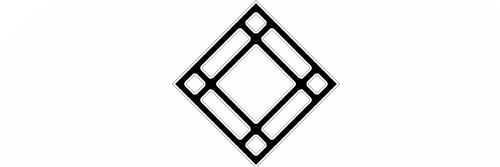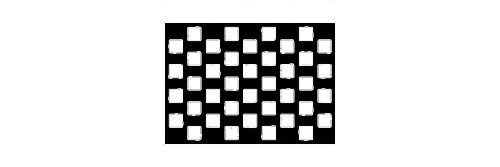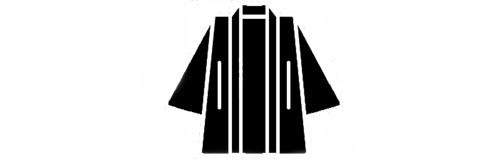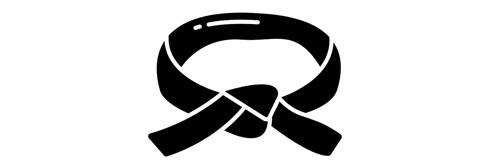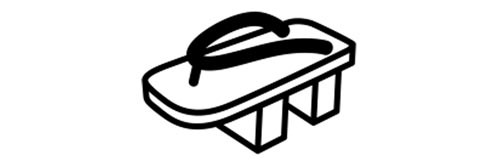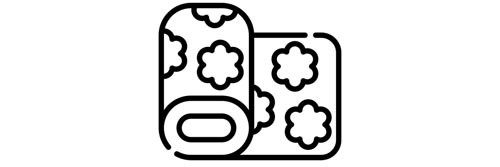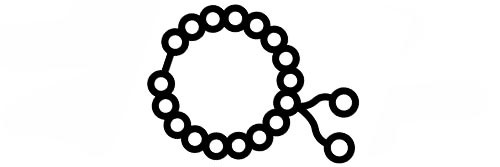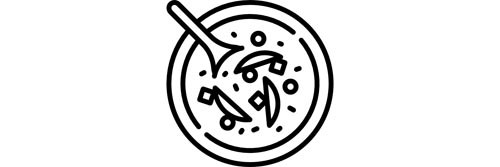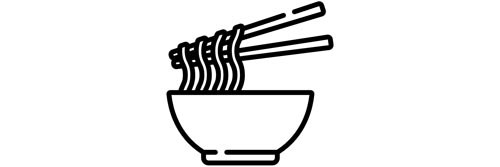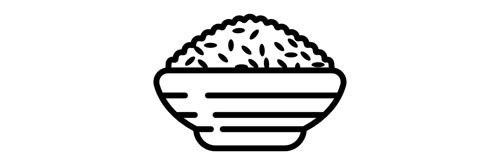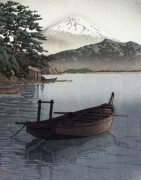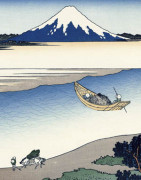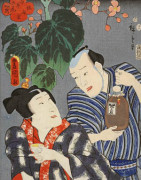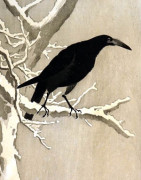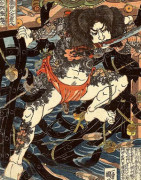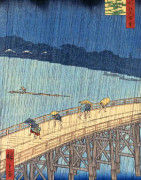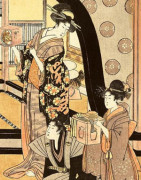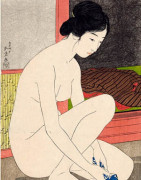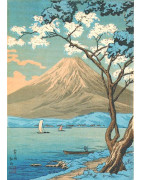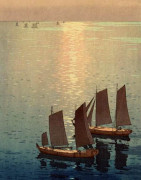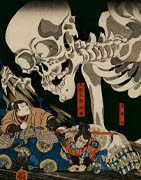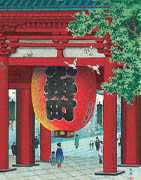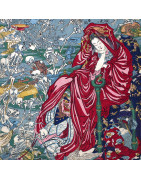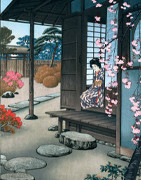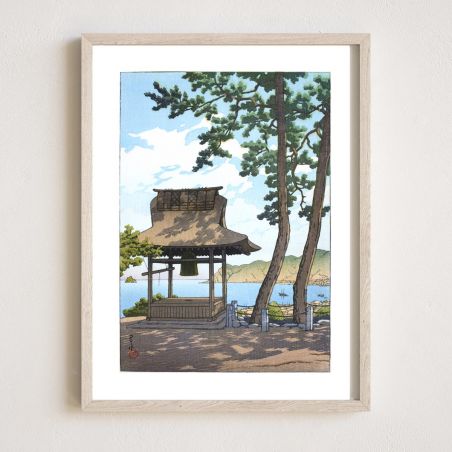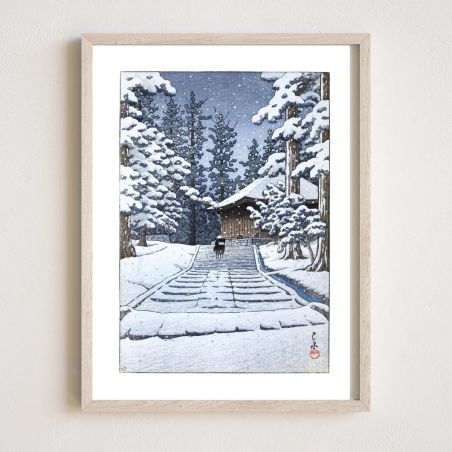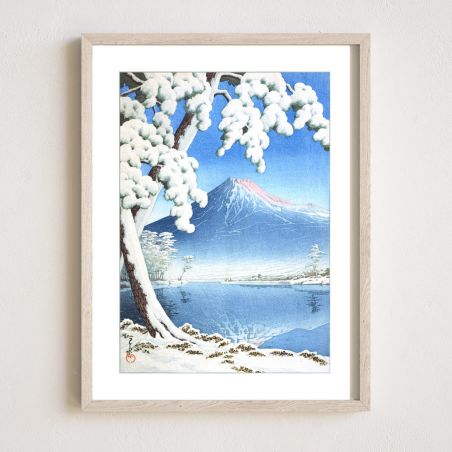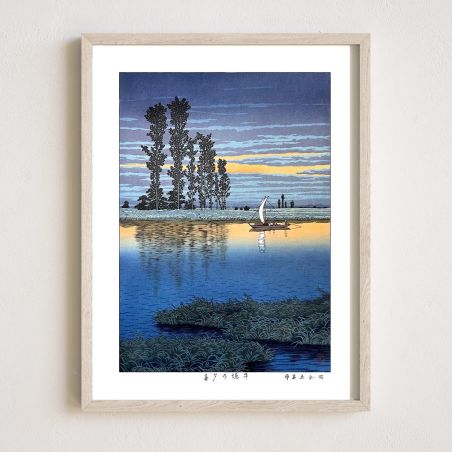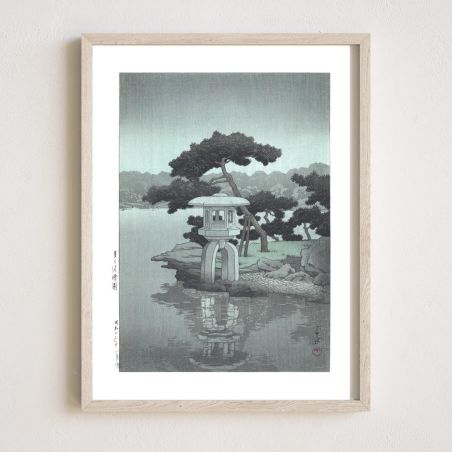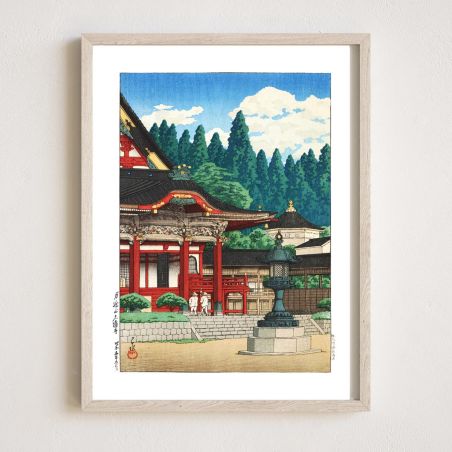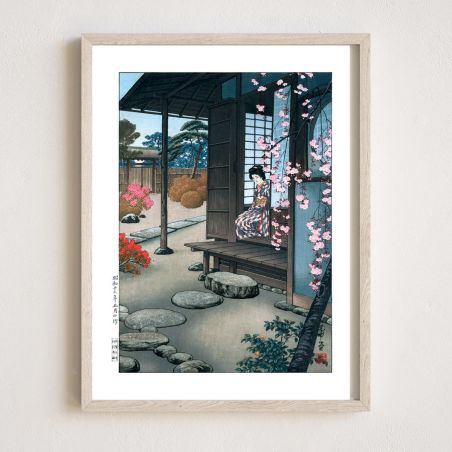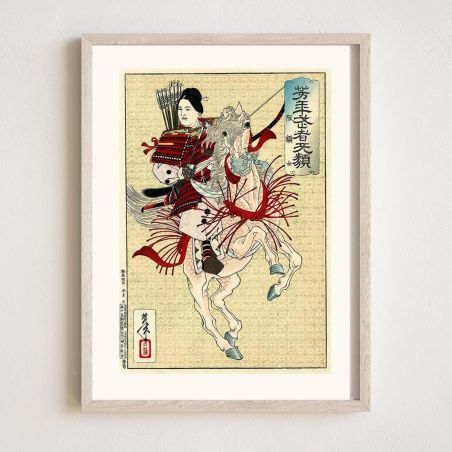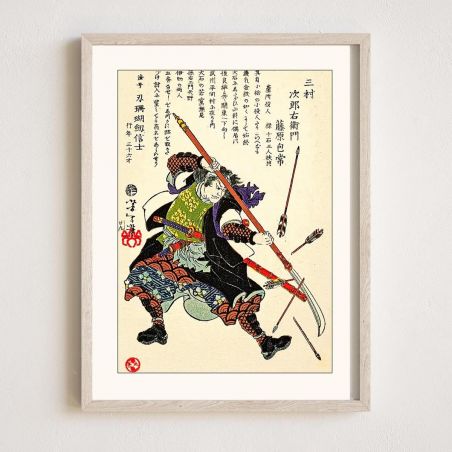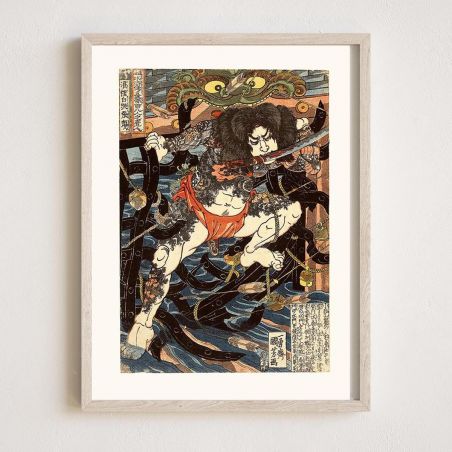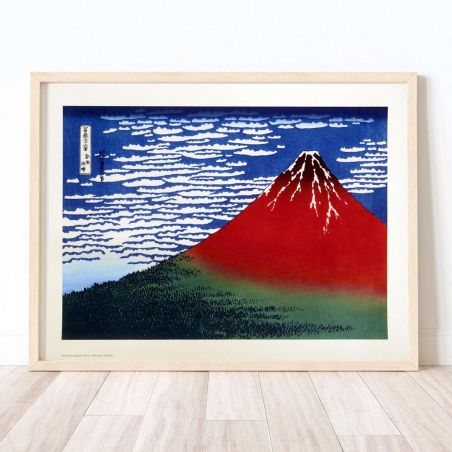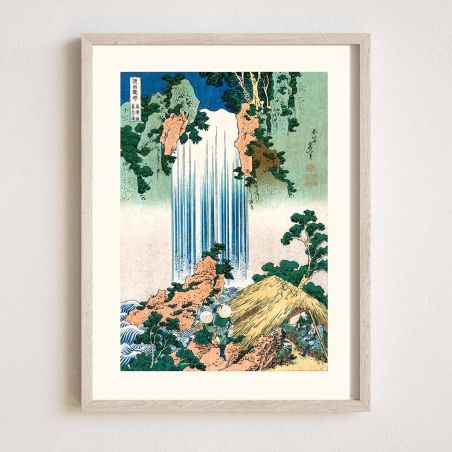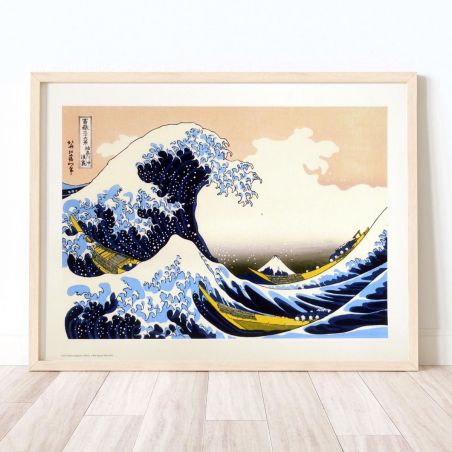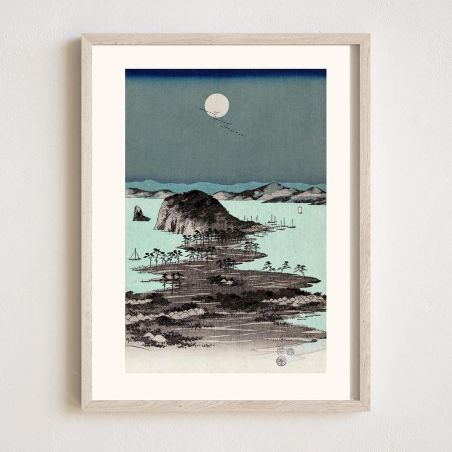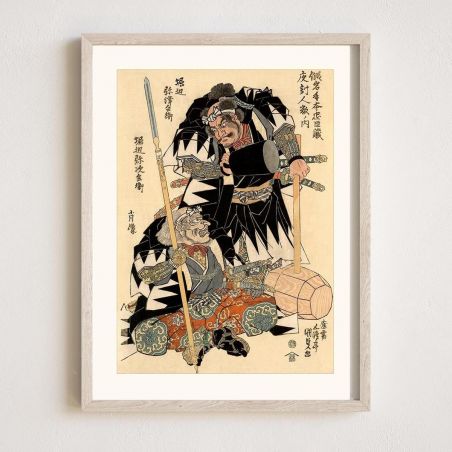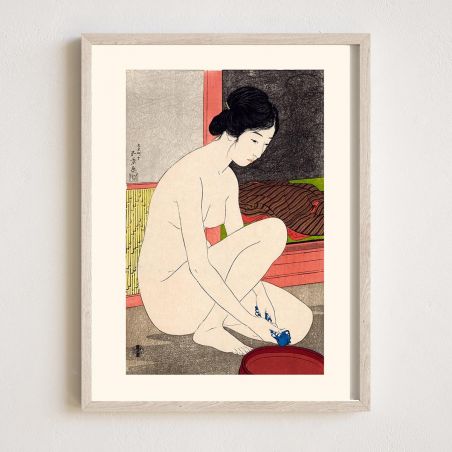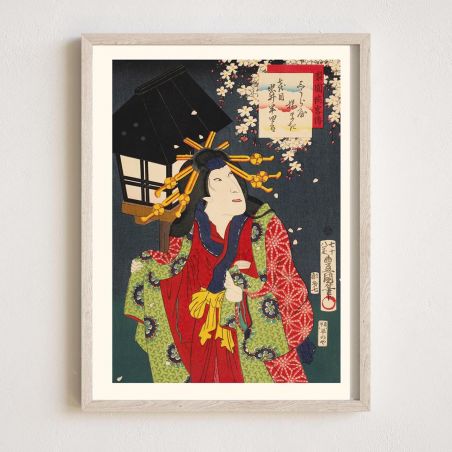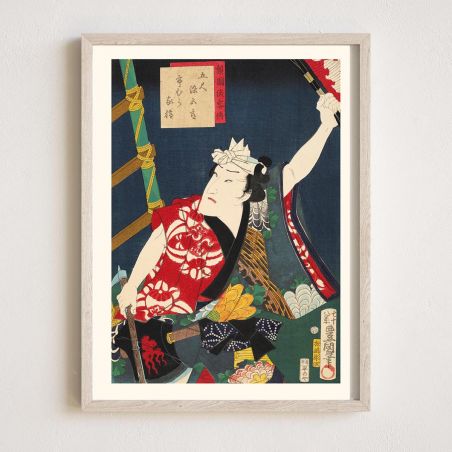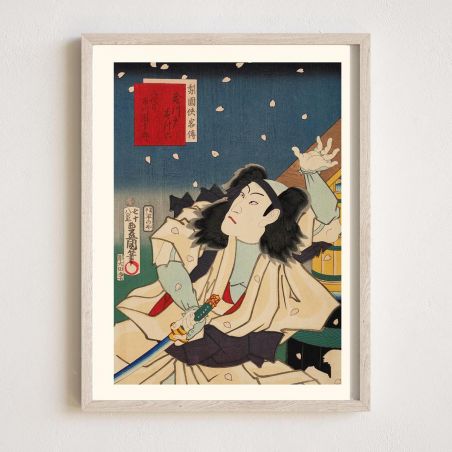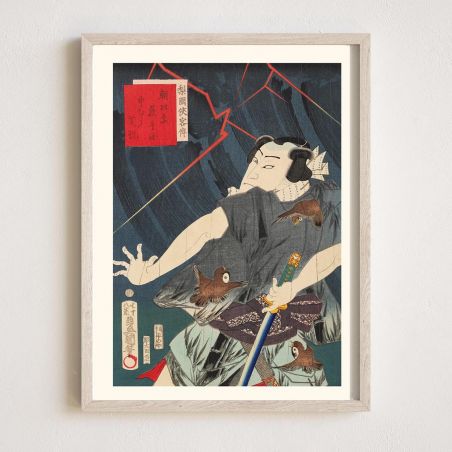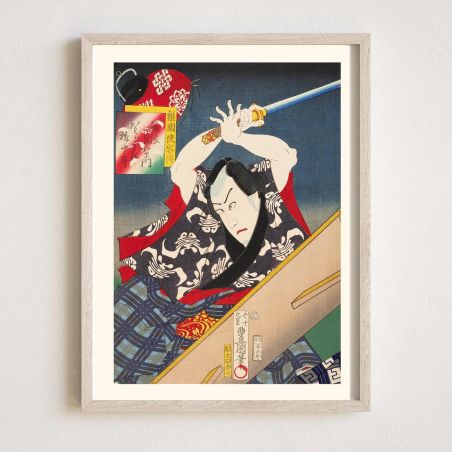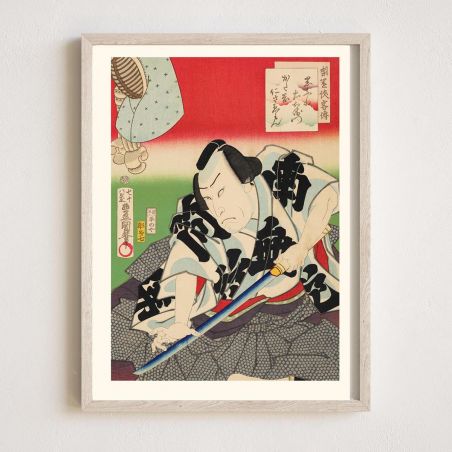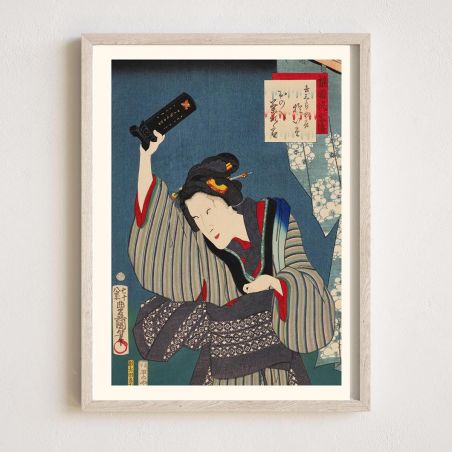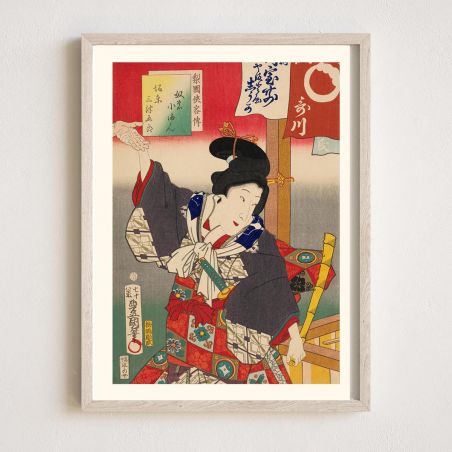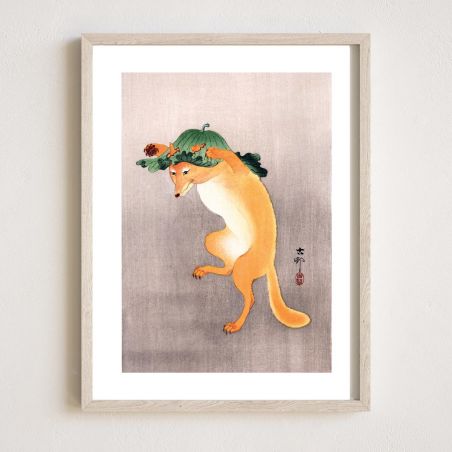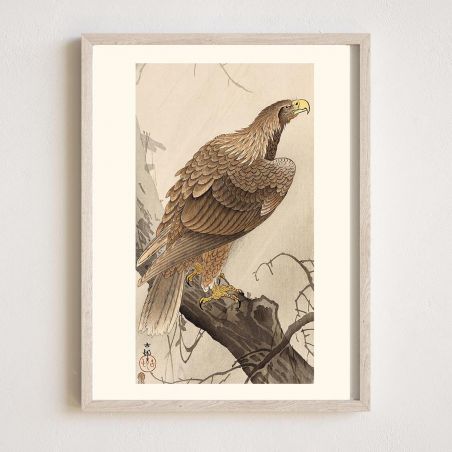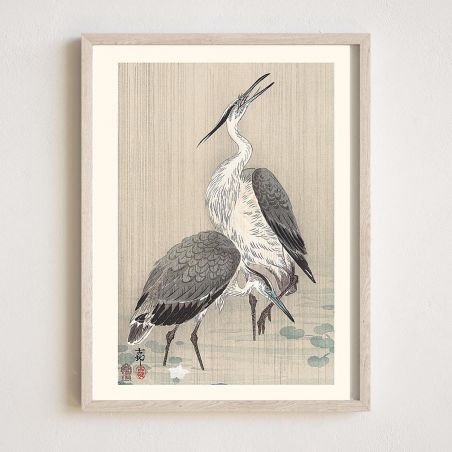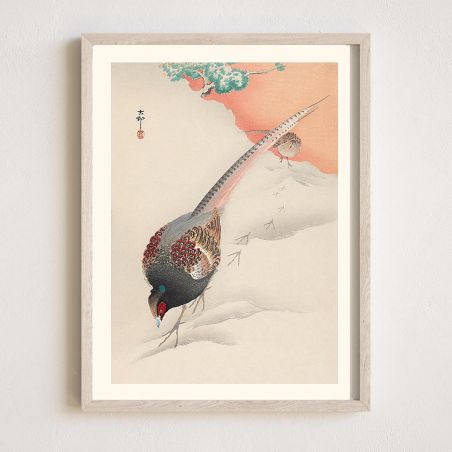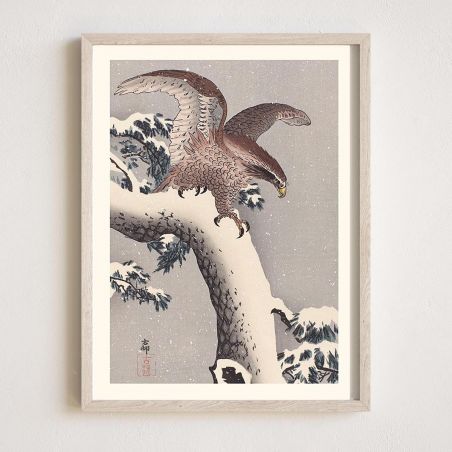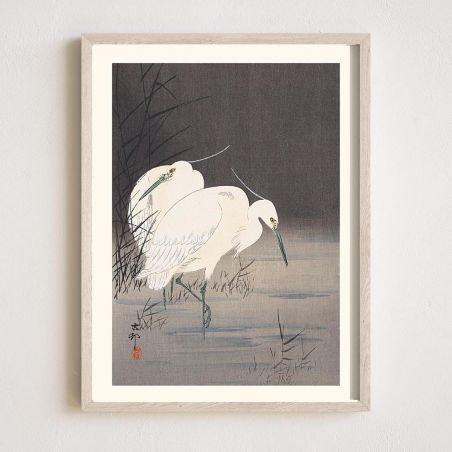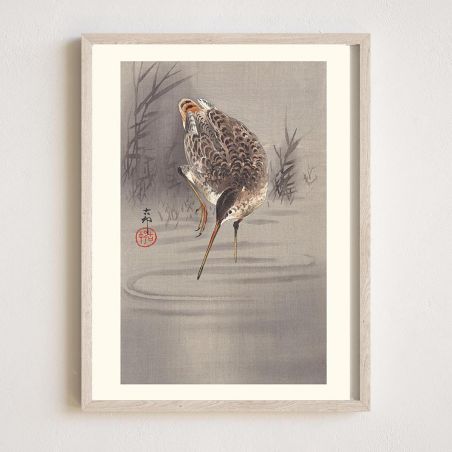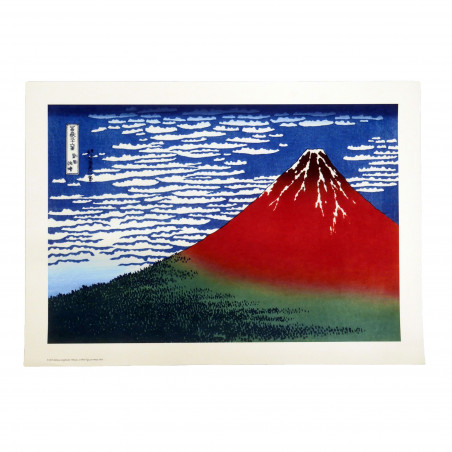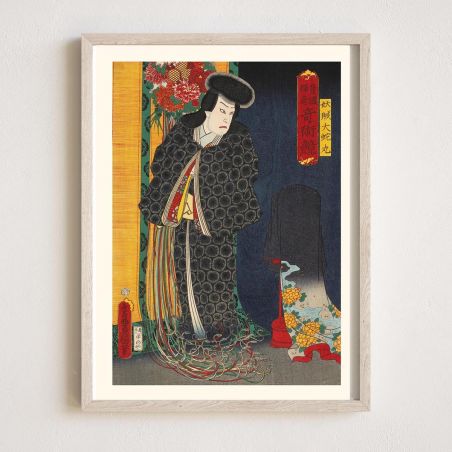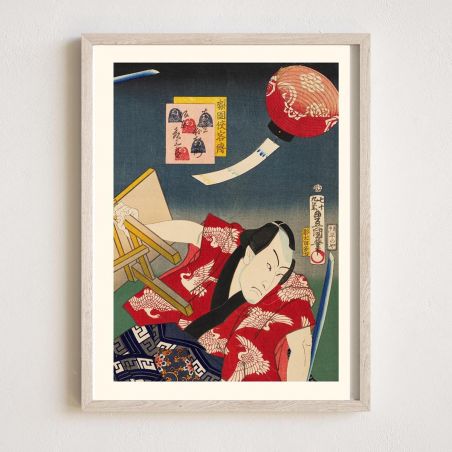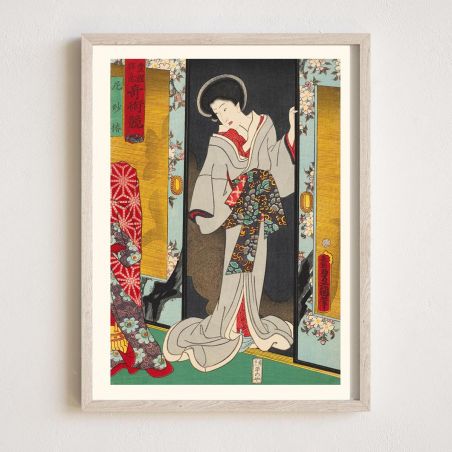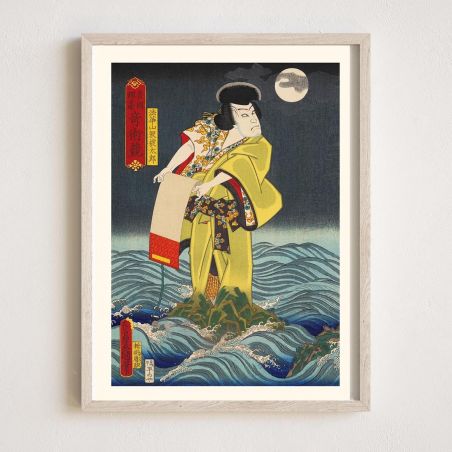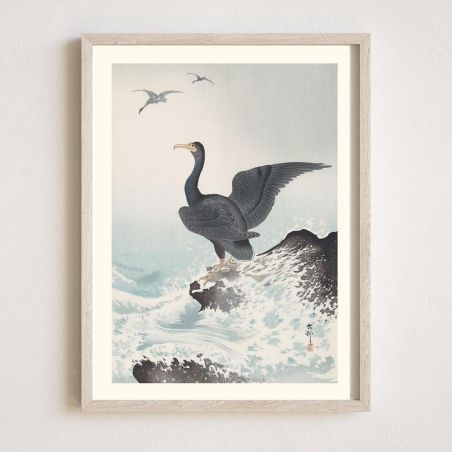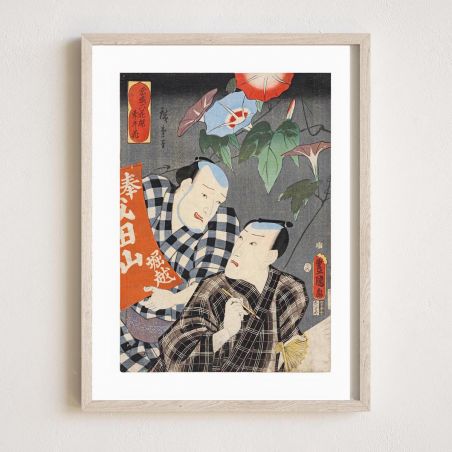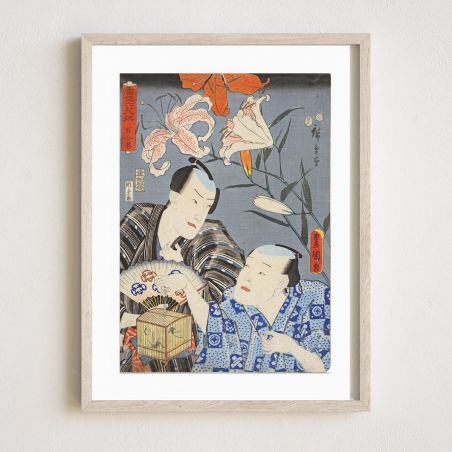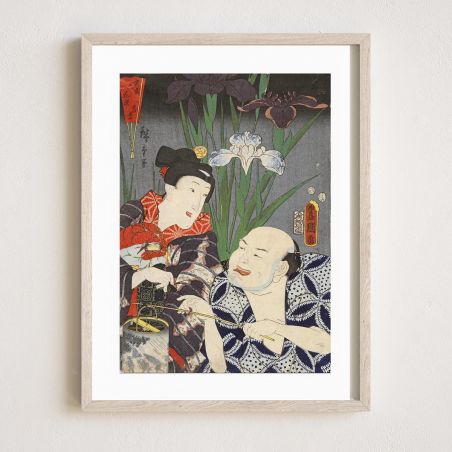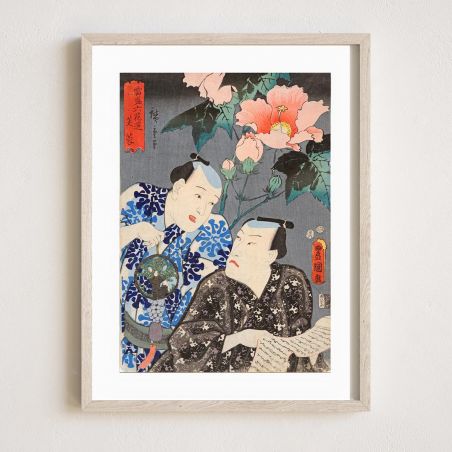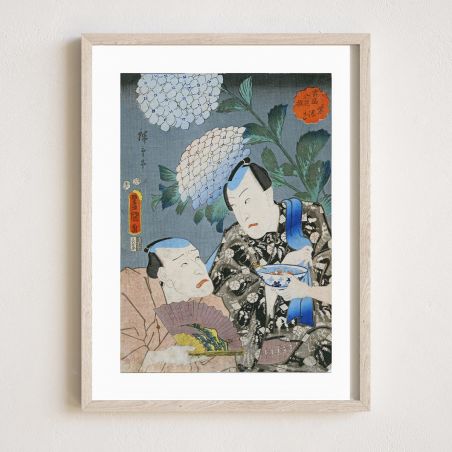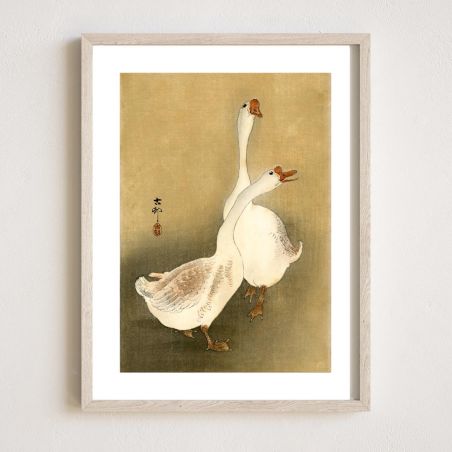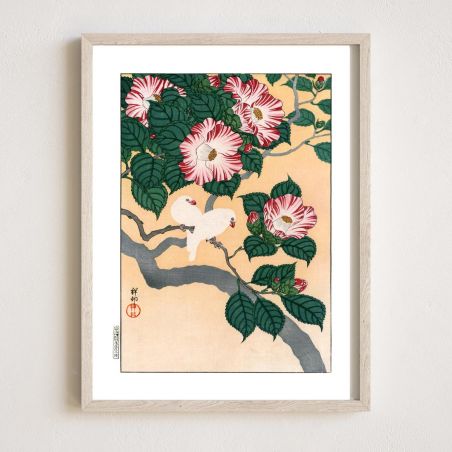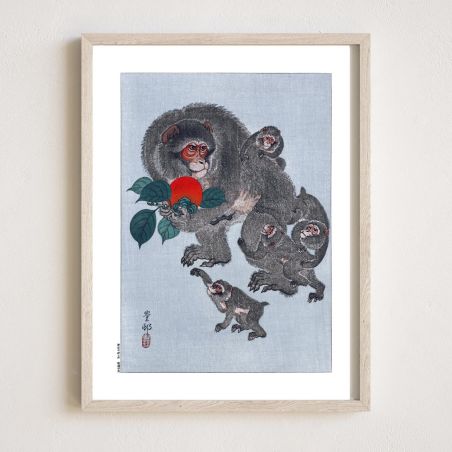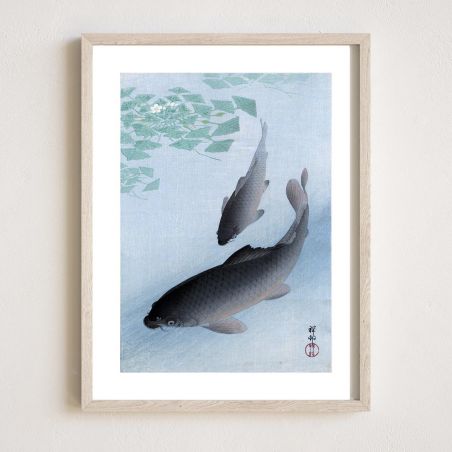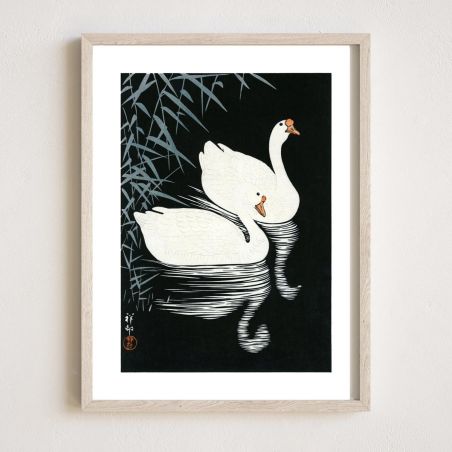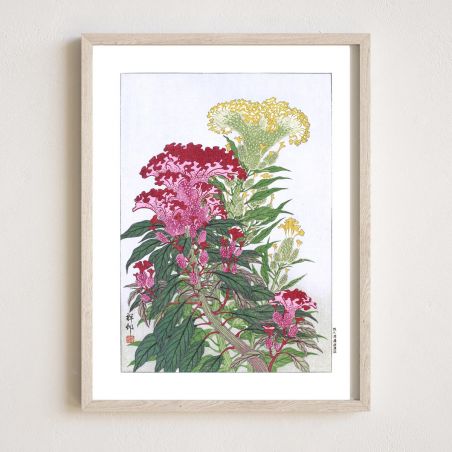Subcategories
-
Hasui Kawase
The reproduction prints of Kawase Hasui are a true treasure for art enthusiasts and collectors alike. Experience the beauty of authentic Japanese art with our collection of reproductions, each capturing the intricacies and nuances of Hasui's masterful works.
-
Katsushika Hokusai
Katsushika Hokusai, is an 18th century Japanese painter, draftsman and engraver, specialist in ukiyo-e, as well as author of popular writings, especially known under the name of Hokusai, or his nickname of Gakyōjin, literally "Old Fool of drawing ".
During his seventy-year career he produced a considerable body of work of some 3,000 color prints, illustrations for over 200 books, hundreds of drawings and over 1,000 paintings. He quickly abandoned the narrow subject matter traditionally associated with the "floating world" (ukiyo-e) school of which he was a part, such as images of popular actors and courtesans.
The Thirty-six Views of Mount Fuji (1831 – 1833) actually numbering 46 prints, of which The Great Wave off Kanagawa (1831) are his best-known works.
His work influenced many European artists, in particular Gauguin, Vincent van Gogh, Claude Monet and Alfred Sisley, and more broadly the artistic movement called Japonism.
-
Utagawa Kunisada
Utagawa Kunisada was born in Edo in 1786. His father, who died the following year, was an amateur poet of little repute. After showing a strong predilection for art (he copied the drawings of kabuki actors), he was accepted around 1800 as an apprentice by one of the greatest masters of drawing on a wooden board, Toyokuni, receiving at that time the name "gō".
He began by making prints of actors, a specialty of the Utagawa school, quickly abandoned for bijin-ga. He also painted landscapes and warriors, but although his beginnings in this field were promising, he never did much. He also produced a large number of shunga (erotic engravings), before the reforms of the Tenpō era took place in 1842.
In 1844-1845, Kunisada Utagawa changed his artist name, taking the name of his master, Toyokuni, and thus became Toyokuni III.
He sometimes collaborated with Hiroshige and Kuniyoshi on series of prints made in the 1840s and 1850s, when Japan was in the midst of a period of expansion and woodblock prints were in great demand. At this time, he was at the height of his career and dominated the market for prints of kabuki and genji actors, also making large numbers of bijin-ga and sumo-e paintings. It is estimated that he completed over 20,000 works during his lifetime.
He died after his two major contemporaries, Hiroshige and Kuniyoshi, who died in 1858 and 1861 respectively. His last years were marked by a qualitative renewal: his series were much more inspired and stood out from most of his earlier mass-produced works. He died in Edo after training several students such as Toyohara Kunichika and Utagawa Kunisada II.
-
Koson Ohara
He was born in 1877 in Kanazawa, Ishikawa Prefecture as Ohara Matao. He studied painting and drawing with Suzuki Koson, whose name he later adopted.
He began with illustrations of the Russo-Japanese War in 1904-1905. It was the time when the art of traditional prints (Ukiyo-e) was no longer in vogue, replaced by photography. Many artists of those years had great success with these war prints. Koson was then a teacher at the Tokyo School of Fine Arts where an American colleague, Ernest Fenellosa (1853-1908) persuaded him to return to printmaking in the traditional style. His early flower and bird prints were published by Daikokuya (Matsuki Heikichi), Kokkeido (Akiyama Buemon), and Nishinomiya Yosaku.
From 1912, he devoted himself to painting under the name "Shoson" and only returned to printmaking in 1926 with the publisher Watanabe Shosaburo, the initiator of the Shin Hanga movement (or pictorial revival). Most of these prints were exported to the American market.
Koson's prints are close to watercolors and made with the greatest care, with great attention to detail, especially on the feathers.
Ohara Koson used different seals and signatures during his career and it is very difficult to date his works precisely. Prints made after the Great Kanto Earthquake of 1923 generally have brighter colors than his early works. Some were printed with different color variations.
-
Tsukioka Yoshitoshi
He was born in Edo in 1839. His father was a wealthy trader who had made his way to samurai status, but Yoshitoshi left home at the age of 3 to live with his uncle, a pharmacist who loved him dearly. .
His real name Owariya Yonejiro, he was renamed Yoshitoshi by his master Kuniyoshi, one of the greatest masters of Japanese prints, from whom he acquired all his knowledge from the age of 11 in 1850. Although he did not is not considered Kuniyoshi's successor during his lifetime, he is now recognized as his main student.
Yoshitoshi's first painting appeared in 1853, then he produced nothing new for a long time, this may be due to the illness contracted by his master Kuniyoshi during his last years. Although his life was difficult after Kuniyoshi's death in 1861, he worked hard; 44 works were known in 1862.
In his early works, there are a good number of extremely violent and morbid scenes, perhaps reflecting the anarchy and violence of Japan all around him, which had happened simultaneously with the collapse of the feudal system. established by the Tokugawa shoguns as well as the impact of the West. During this period, his notoriety continued to grow, and, from 1869, he was considered one of the best painters of prints in Japan.
In 1873 he began to produce many works. Newspapers suddenly appeared in the wake of modernization, and Yoshitoshi was hired to produce paintings in one of them.
From then on, the art of prints was in a difficult situation. All the great printmakers of the first half of the century, Hiroshige, Kunisada Utagawa, and Kuniyoshi, were dead, and this art form was dying out in the confusion of Japanese modernism. Yoshitoshi insisted on high production standards and helped to temporarily save it from degeneration.
The last years of his life were among the most productive, with his great series One Hundred Aspects of the Moon (1885-1892), and New Forms of Thirty-Six Ghosts (1889-1892), as well as some masterful triptychs on actors and Kabuki theater scenes.
During this period he also cooperated with his friend, the actor Danjūrō, and others in an attempt to rescue some of the traditional Japanese arts.
-
Utagawa Hiroshige
Utagawa Hiroshige, whose birth name is Hiroshige Ando, born in 1797 in Edo and died on October 12, 1858 in Edo, is a Japanese designer, engraver and painter. It is distinguished by series of prints on Mount Fuji and Edo, evocatively drawing the landscapes and atmosphere of the city, taking up moments of daily life in the city before its transformation in the Meiji era. (1868-1912).
A prolific author, active between 1818 and 1858, he created a body of work made up of more than 5,400 prints.
He is with Hokusai, with whom he is often compared, one of the last very great names in ukiyo-e and, in particular, in landscape printing, which he will have taken to an unequaled peak before the decline xylography in Japan.
His most famous series, the Hundred Views of Edo, The Sixty-nine Stations of Kiso Kaidō and especially The Fifty-three Stations of Tōkaidō, rival in notoriety Hokusai's famous series, The Thirty-six Views of Mount Fuji ( which is probably the most famous Japanese print, The Great Wave off Kanagawa).
However, Hiroshige's style is quite different from Hokusai's.
Hiroshige makes himself the humble interpreter of nature, who, using the crude means of wood engraving, knows how to express as through "an enchanted window" the delicate transparencies of the atmosphere over the seasons, in landscapes where man is always present. The composition of his works is striking, characterized by a subtle mastery of bold colors – with a dominance of green and blue. His sense of the foreground will be taken up later by Degas, and we will find it in photography.
Shortly after the forced reopening of Japan to exchanges with the West, it was mainly through the work of Hiroshige that around 1870 the world discovered the astonishing originality of the graphic arts in this country. Japonism will have a determining influence on the impressionist painters and then on Art Nouveau.
-
Kitagawa Utamaro

Kitagawa Utamaro (喜多川 歌麿) c. 1753 - October 31, 1806 was a Japanese painter, specializing in ukiyo-e. He is particularly known for his depictions of beautiful women (bijin-ga), but his work also includes many nature and animal scenes, as well as erotic albums (shunga).
His work reached the West in the 19th century where it met with great success. He particularly influenced the Impressionists with his bold framing and the graphic design of his prints. He was then known as "Outamaro," a transposition according to the French spelling of the pronunciation of his name (a spelling that was adopted at the time in some other Western countries).
He was nicknamed in 1891 by Edmond de Goncourt "the painter of green houses" (brothels), even though only a third of the very many prints known to be by him were actually devoted to the Yoshiwara (source wikidépia).
-
Hashiguchi Goyō

Hashiguchi Kiyoshi was born in 1880 in Kagoshima. His father, Hashiguchi Kanemizu, was a samurai and amateur painter in the Shijo style. His father hired a painting teacher Kano in 1899 when Kiyoshi was ten years old. Kiyoshi then entered the Tokyo School of Fine Arts, from which he graduated, top of his class, in 1905. It was then that he chose the pseudonym Goyo, in reference to the five needle pine trees in his father's garden, which he was particularly fond of.
The first commission he was given was the illustration and layout of Sōseki Natsume's novel I am a Cat in 1905. Subsequently, he was brought in to illustrate other books by Futabatei Shimei, Roan Uchida, Sōhei Morita, Jun'ichirō Tanizaki, Nagai Kafu and Kyōka Izumi.
In 1907, Goyō was noticed for an ukiyo-e oil painting at Bunten's first exhibition in 1907; however, the public was less enthusiastic about his oil paintings in subsequent exhibitions.
In 1911, he was again noticed for a ukiyo-e poster drawn for the Mitsukoshi department store. Goyō then became a serious follower of ukiyo-e. He read and studied original works and reproductions. In particular, his interest in the great classical ukiyo-e artists led him to write several articles on Utamaro, Hiroshige and Harunobu. From 1914, he contributed further articles to various studies of ukiyo-e published in the magazines Journal of Art (Bijutsu shinpo) and Ukiyo-e.
In 1915, urged by the publisher Shin-Hanga Watanabe Shozaburo, he drew a print intended to be printed under Watanabe's direction: this was The Bath (Yuami). While Watanabe aspired to continue this collaboration, Goyō decided otherwise. In 1916-1917, he became the supervisor of the reproduction of 12 volumes entitled Japanese Prints (Yamato nishiki-e) and appropriated the techniques of the engravers and printers. At the same time, he drew from live models. From 1918 until his death, he personally directed the engraving, printing and publishing of his own work. During this period he made 13 prints - four landscapes, one nature scene with ducks and eight portraits of women. His body of work thus numbers fourteen prints, if we include The Bath.
In the late 1920s, Hashiguchi, whose health was already fragile, contracted meningitis. He supervised his last work The Hot Spring Hotel from his deathbed, but was unable to complete it in person. He died in February 1921. The master's untimely death ended a brief two-year period during which he had produced all of his masterpieces.
However, Goyō had left several sketches from which his older brother and nephew created seven more prints. The engraving and printing of these were commissioned to Maeda Kentaro and Hirai Koichi. Many years later, Goyō's older brother used other drawings to create ten new prints. These were published in limited numbers with the same quality as the past prints. The printing was supervised by Hashiguchi Yasuo, Goyō's nephew.
Goyō Hashiguchi's prints are of extreme technical quality. As soon as they were published, they were sold very easily, despite their very high prices. The wooden blocks that were used to print the fourteen original prints and many of the prints themselves were destroyed during the 1923 Kantō earthquake. As a result, Goyō's works have become the most prized of all Shin-Hanga prints today. Nevertheless, reprints of Goyō's prints are also on the market today, at a much lower price. Most of these reprints are marked with a small seal in the side margins, unlike the original prints. (source wikidépia)
-
Takahashi Hiroaki
Discover our collection of reproductions of Takahashi Hiroaki's prints, a master of the shin-hanga movement. Each piece captures the delicacy and serenity of traditional Japan, featuring enchanting landscapes, peaceful temples, and ephemeral moments of everyday life. Our reproductions are created with meticulous attention to detail, allowing you to bring home the poetic essence of this legendary artist.
-
Hiroshi Yoshida

Hiroshi Yoshida (吉田 博, Yoshida Hiroshi) (September 19, 1876, died April 5, 1950) was a twentieth-century Japanese painter and woodcutter. Along with Hasui Kawase, he is considered one of the greatest shin hanga style artists and is particularly valued for his landscape prints. Yoshida travels extensively and is known for his paintings of non-Japanese subjects painted in the traditional Japanese woodblock print style including the Taj Mahal, the Swiss Alps, the Grand Canyon and other national parks in the United States.
Hiroshi Yoshida was born in the city of Kurume, Kyushu, on September 19, 1876 with the name Hiroshi Ueda1. He showed an early predisposition for art, a predisposition encouraged by his adoptive father, a public school painting teacher. He was sent to Kyoto at the age of nineteen to study with Tamura Shoryu, a renowned teacher of Western style painting. Then he studied with Koyama Shotaro in Tokyo for another three years.
In 1899, Yoshida exhibited for the first time in America at the Detroit Institute of Arts, then visited Boston, Washington, Providence (Rhode Island) and Europe. In 1920, Yoshida presented his first woodblock prints, first at the Watanabe Print Shop, organized by Watanabe Shozaburo (1885-1962), publisher and advocate of the shin-hanga movement. But Yoshida's collaboration with Watanabe was short-lived in part because of the 1923 Kantō earthquake.
In 1925, he hired a group of printmakers and painters and opened his own studio. The prints are made under his close supervision. Yoshida combined the collaborative system of ukiyo-e with the Sōsaku hanga principle of "artist's prints" and founded a third school, distinguishing itself from the shin-hanga and sōsaku-hanga movements.
Hiroshi Yoshida was trained in the tradition of Western oil painting that developed in Japan during the Meiji era. He often uses the same wooden printing blocks and varies the color to suggest different moods. The best example of this is the Sailboats in 1921. His extensive travels and his knowledge of the Americans had a considerable influence on his art. In 1931, a series of prints was published representing scenes from Pakistan, India, Afghanistan and Singapore. Six of these views are dedicated to the Taj Mahal with different colors to suggest various moods.(source wikidépia)
-
Utagawa Kuniyoshi

Son of a silk dyer, he was born in 1797 under the name of Yoshizo. In his youth, he probably assisted his father, providing drawings of the pieces to be dyed, and thus naturally turned to the art world.
He first studied with Kuninao, and some of his works attracted the attention of one of the great Japanese masters of printmaking, Toyokuni, who admitted him to his studio in 1811, and of whom he became one of the main students. He remained an apprentice until 1814, when he took the name Kuniyoshi and established himself as an independent artist.
Like other artists of the Utagawa school, he began by making prints for theaters, but did not meet with public success. He then lived several difficult years, having to go, to earn a living, to repair and resell used tatami.
He met by chance Kunisada Utagawa, who had been his classmate and was then living a prosperous life. Believing that his own artistic talent was superior to Kunisada's, he was encouraged to redouble his efforts. Kunisada and Kuniyoshi, between whom there was no resentment, were later to collaborate on several series.
He produced several well-received heroic triptychs, and in 1827 he began the series that would bring him recognition: the Suikoden, or Hundred and Eight Chinese Heroes. Success followed in several areas: in the early 1830s he produced excellent landscapes and in the 1840s numerous triptychs of bijin and heroes.
He is also known for his drawings of cats, which were his favorite animals. A drawing by his student Kyosai shows Kuniyoshi's studio full of cats. Kuniyoshi himself drew pictures of them which show an amazing sympathy with his cats, and he willingly depicted them in the corners of his prints under the slightest pretext.
In 1842, the Tenpo reform, intended to enforce traditional morality in the world of theater and fine arts, forbade images representing courtesans, geishas or actors. Although he was arrested, Kuniyoshi got off with a fine.
In the 1850s, the quality of his works began to decline. The great earthquake of 1855, after which he returned home late and was given up for dead by his family and workshop members, marked the end of his great period. Suffering from illness and depression, he produced little from then on. He died in Edo in 1861 (source wikidépia)
-
Tsuchiya Koitsu
Ukiyo-e Artist: Tsuchiya Koitsu (1870-1949) was a Japanese master of ukiyo-e prints, renowned for his detailed landscapes and urban scenes, often bathed in atmospheric light.
-
Kawanabe Kyōsai
Kawanabe Kyōsai - Mastery of Ink and Brush
This painting, signed by the renowned master Kawanabe Kyōsai, captures the essence of his unique style, combining technical precision with creative boldness. Each brushstroke, whether fluid or abrupt, evokes an overflowing energy that animates the composition. The artist depicts a scene blending mythology and satire, a perfect fusion of Japanese folklore and a subtle critique of society. It is a work that embodies both tradition and artistic rebellion of its time. -
Saito Hodo
Saitō Hōdō, a mysterious artist from the early 20th century, remained largely unknown. Few traces of his work survive, but he is said to have explored a minimalist aesthetic, blending Japanese tradition with emerging modernism. Working in the shadows, he preferred anonymity over fame, leaving behind a discreet and avant-garde body of work that is now almost forgotten.






















